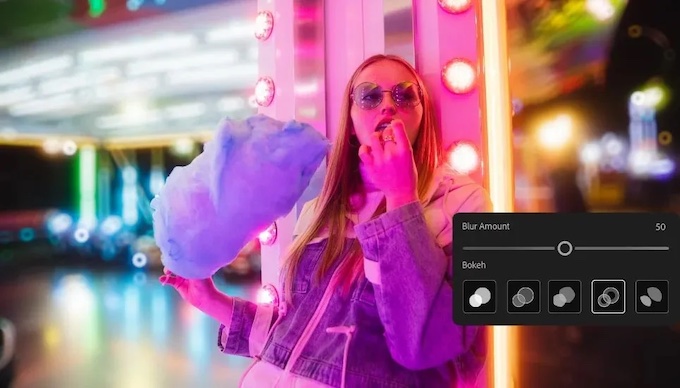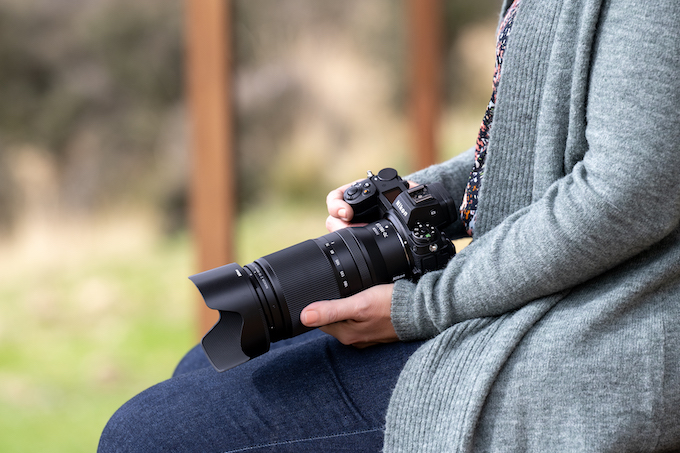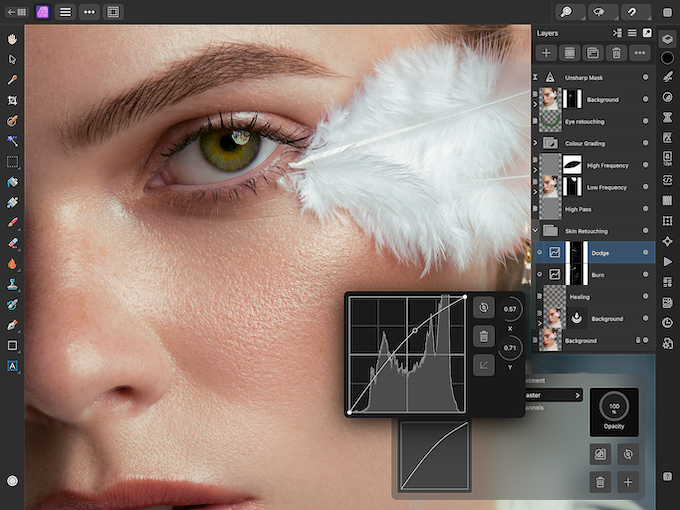Software
Adobe just announced some pretty big changes to Lightroom, including an entirely new Lightroom and the rebranding of the original Lightroom. It’s a bit confusing, so here are some of the key points:
- The original Lightroom on your desktop is now called Lightroom Classic CC. It’s sticking around and getting a few new features and a major performance upgrade.
- There’s a new Lightroom, called Lightroom CC, that consists of two existing apps (Lightroom web and Lightroom mobile) plus an entirely new desktop application that features a redesigned interface. This Lightroom CC is built around the cloud. You upload full-res photos to Adobe cloud and then access and edit them on any device. Changes are synced across all the Lightroom CC apps.
In Depth
The original, subscriber-based Lightroom is being renamed Lightroom Classic CC. The new cloud-based app will be called Lightroom CC. Adobe will no longer offer a perpetual license version of Lightroom. The last version of the perpetual license Lightroom (6) will only be updated with new cameras and lenses through the end of 2017, at which point Adobe will stop updating it.
The major difference between the original and the new Lightroom, Adobe says, is that Lightroom Classic CC will be desktop focused while Lightroom CC will be mobile-focused. Adobe had been attempting to merge those two worlds but has now appeared to step back to make them more distinct.
The original “Classic” Lightroom is being updated to address performance issues. Adobe says you’ll see faster application launch time, faster preview generation, quicker switching between the library and develop modules and improved performance when moving between photos in the develop module. The brush tool will also be more responsive, they promise.
There are also new tools to make precise color and tone-based selections for Local Adjustments. You can now use the adjustment brush, radial, or graduated filters to define a rough mask, then refine the selection via the new Range Masking options found at the bottom of each Local Adjustment panel.
 Color range mask before and after.
Color range mask before and after.
In a post announcing the updates to Classic Lightroom, Adobe conceded that more work was needed to improve the performance of Lightroom on the desktop. Specifically they are working to optimize the performance of higher powered processing systems and higher resolution monitors.

The New Lightroom CC
Now for the “new” Lightroom–Lightroom CC. It’s actually two existing apps–Lightroom mobile and Lightroom web–plus one new desktop app that will feature a totally redesigned interface (pictured above).
Lightroom CC will work the same across all three platforms and everything will be synced in the cloud. Unlike Lightroom Classic CC, Lightroom CC works off of full resolution files you upload to the Adobe Cloud. This way, your entire collection is synced and available across any device (and backed up).
Since it’s cloud based, Lightroom CC will offer several features that the classic program can’t–such as the ability to search for images based on their contents (without prior keywording or tagging), auto tagging and auto culling of your “best” images.
All of the existing individual apps in Lightroom CC (mobile and web) have been updated to enable syncing, image search and auto-tagging. On the mobile platforms, Adobe has updated Lightroom CC to take advantage of new features on iOS 11 and Android Oreo. On iOS there’s now the ability to import from and export to iOS 11’s Files app, making it possible to access any photo that’s available within Files. On iPads running iOS 11, you can now use drag-and-drop to import your photos, including RAW photos, from any other app directly into Lightroom CC.
On Android, you can now use the Selective Brush to make precise adjustments.
The Lightroom CC web app gets something special that the other version don’t. Called Best Photos, it taps Adobe’s work in machine learning and artificial intelligence to help automatically identify and group similar photos, pick the best photo from that group, and then select the best photos of each of the groups. It’s available as a “Tech Preview” so it’s not fully baked but users can still experiment with it and provide feedback to Adobe.
While there are now two distinct versions of Lightroom, you can use both. If you’re a Lightroom Classic CC user, you automatically have access to Lightroom CC with your Creative Cloud Photography subscription. Images you’re working on in Lightroom Classic CC are visible to Lightroom CC apps as smart previews (to get the full-res versions, you’ll need to upload them). Creative Cloud Photography subscribers will have 20GB of cloud storage for their full res originals. Additional storage tiers are also available for purchase.
Adobe is also offering an option to subscribe to just Lightroom CC for $10/month. This tier comes with 1TB of online cloud photo storage.
Having trouble making sense of this? Check out Adobe’s FAQs. Rob Sylvan also has an informative deep dive. Here’s a video that breaks down the differences as well.





